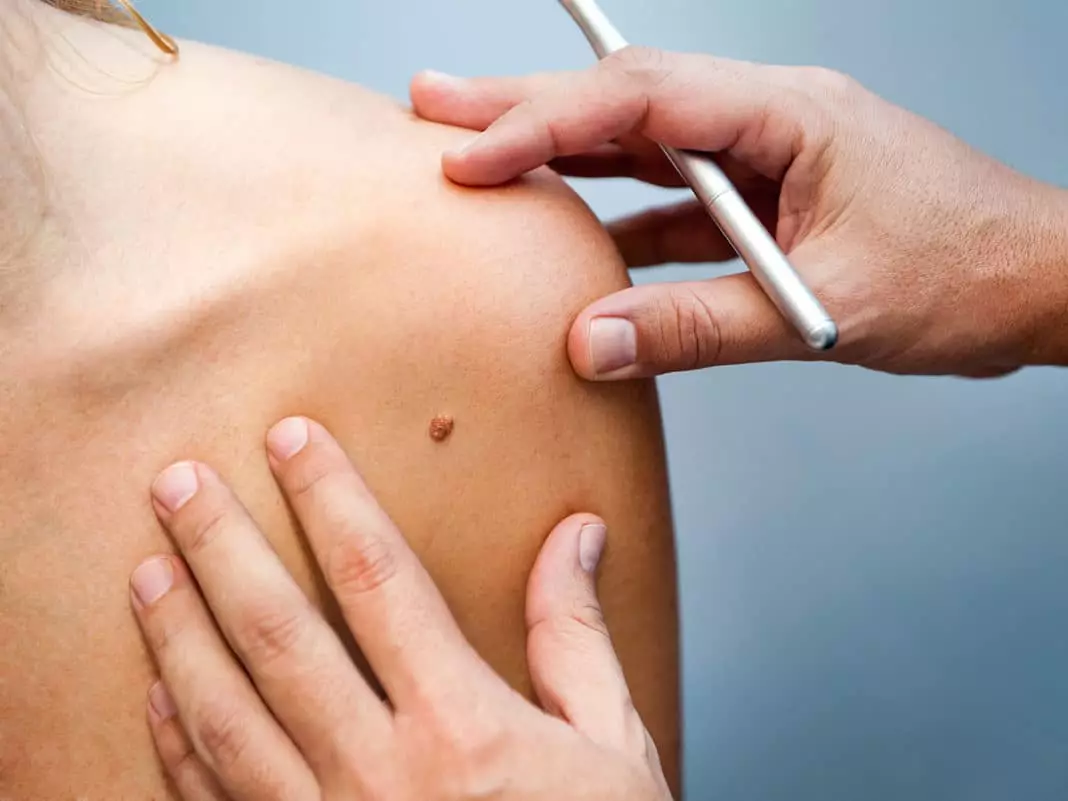- Cosmetology
- Dermatology
- Gynecology
- Diagnostics
- IV-therapy
Most moles are harmless. Rarely, they become cancerous. Being aware of changes in your moles and other pigmented patches is important to detecting skin cancer, especially malignant melanoma.
Symptoms
The typical mole is a small brown spot. But moles come in different colors, shapes and sizes:
Moles can develop anywhere on your body, including your scalp, armpits, under your nails, and between your fingers and toes. Most people have 10 to 40 moles. Many of these develop by age 50. Moles may change or fade away over time. With hormonal changes in adolescence and pregnancy, they may become darker and larger.
Clusters of brown spots around the eyes, cheeks and nose are sometimes called flesh moles, but they are actually dermatoses papulosa nigra — a type of seborrheic keratosis, not clusters of pigment-forming cells (nevi). Dermatoses papulosa nigra are more common among Black women. Flesh moles don’t carry a risk of melanoma, but they can be treated if you consider them a cosmetic concern.











м. DUBAI INTERNATIONAL FINANCIAL CENTRE DUBAI, GL-81a, CENTRAL PARK BUILDING TOWER-01